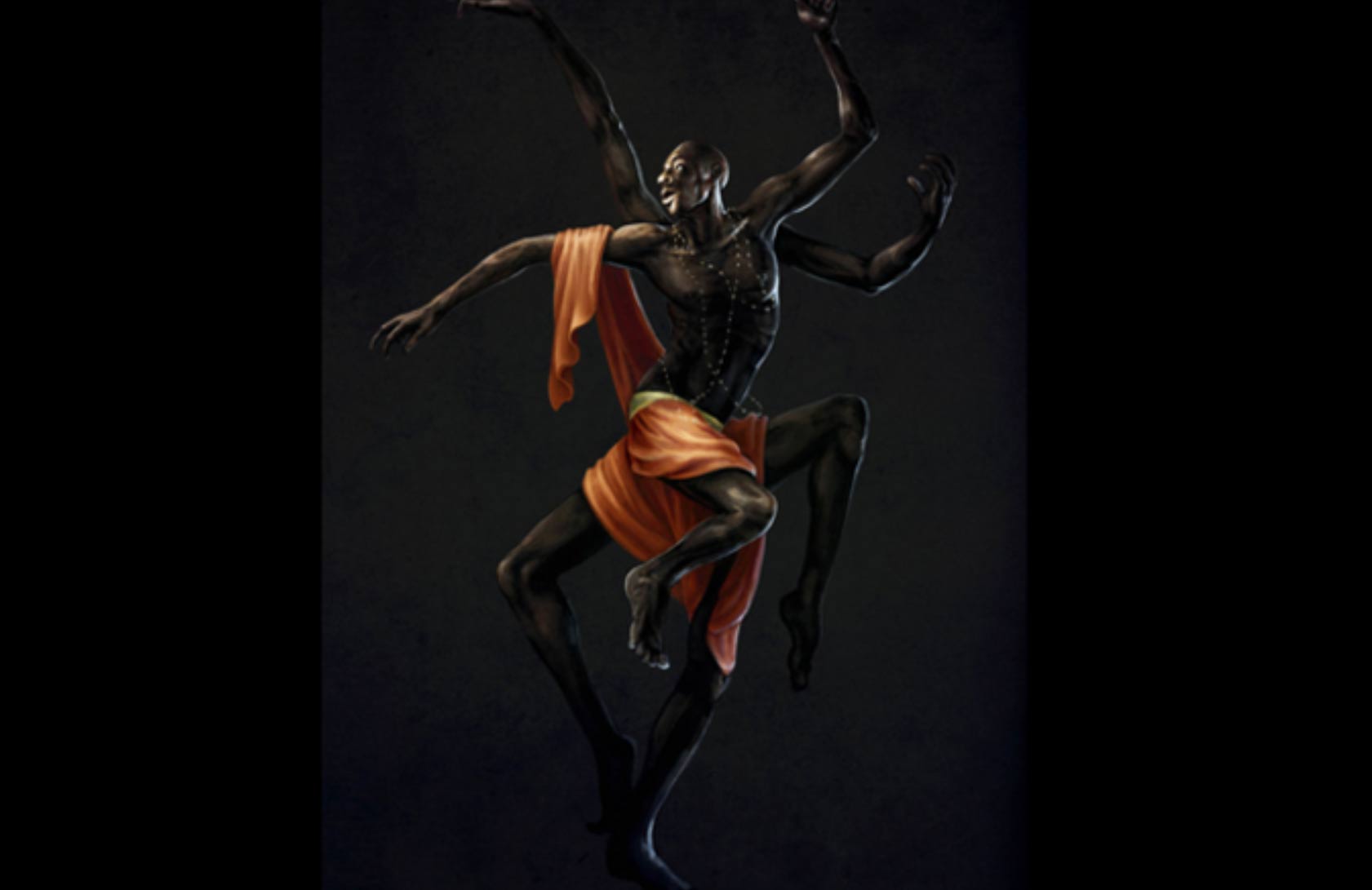Ohafia in Abia state is located in the Southeastern part of Nigeria and is an Ibo-speaking community. It is comprised of 26 villages with Elu being the capital. The ancient Kingdom is known to be a home of great warriors, some of which invaded lands as far as Igalaland and Ile-Ife. Their fame spread far and youths from Ohafia were hired as mercenaries by neighbouring villages such as Arochukwu (Chidiume and Nmaju, 2019, 78). Aside from its martial abilities, Ohafia is also known for its rich customs and tradition, one of which is the age-grade system which has been in existence since the pre-colonial era.
The age grade system of the Ohafia people is as old as the community and exists as a way to socialise members of the community and give them a role to play regardless of age. Children within three years age bracket are grouped to form an age grade which continues to expand as they grow. When they reach adulthood, some venture out of the community for greener pastures and education, and as a way of giving identity to the age grade, they are given a name (Izara Afa) and a project which is to be carried out within the community. (Awa Kalu, 2022, 19)
They become active members of society and gather periodically for meetings under an older patron. In the olden days, the active members of the community are tasked with going to warfare to protect the community and as mercenaries. When these warriors retire, they are celebrated for surviving wars and life's hardships in a ceremony after which they become senior members and hand over their completed community project. Nowadays in Ohafia, the age grades embark on building projects such as blocks for students and halls where they meet etc. which improve the Ohafia community( Elder Agwu, 2022, 16). They contribute dues toward these projects and show up in solidarity for members of their age grades whenever an occasion arises. As an active member of an age grade, you can rest assured that whenever you have a ceremony or party, you would have a crowd to cater to because members of your age grade will always come through for you and you in turn are expected to serve then with utmost respect and care.
As time goes by they approach retirement age, and they begin to prepare towards the traditional age-grade ceremony or Igba ota-omu. The traditional age-grade ceremony is a
ceremony that indigenes of the Ohafia community do not miss, regardless of their location. People troop in from within the country and in the diaspora to attend this ceremony which takes place every three years (Akajiaku, 2022, 21). The Ota-omu ceremony ensures that members of the Ohafia community remain close-knit, as failure to attend your age grade’s traditional retirement ceremony could result in being distanced from them.
Ota-omu is a time when the members of the age grade are celebrated for surviving the hardships of life, sickness and adversities. As they say, it is better to give people their roses while they still live and this is exactly what the ceremony is about. It is also a period of economic growth within the community as people who need a place to host their parties quickly hire masons and construction people to build houses and complete the ones they may have abandoned. This creates job opportunities for the youths of the communities.
The Ota-omu ceremony which takes place in December is preceded by another ceremony called the Isu Ahu Otomu. The Ohafia dialect for Egusi (melon) is Ahu and it can be prepared as a delicacy at home or during ceremonies such as marriage send forth and Ota-omu. The Isu ahu Otomu is done about eleven weeks before the traditional age-grade retirement ceremony (Akajiaku, 2022, 21). All the women within the age grade who is about to retire are expected to prepare pots of ahu delicacy as a way of appreciating the community. This is done at a set time in October when the age grade will be given a name with which they will take into retirement.
The economic instability and inflation within the country are some factors that contribute to the decline of this beautiful sub-culture, as members of the retiring age grade may find it too cumbersome to finance both the Isu ahu and Ota-omu ceremonies. Nonetheless, the Ohafia capital, Elu still celebrates the Isu ahu ceremony with pomp and pageantry.
The ahu delicacies which are brought to the square by the celebrants who are radiantly attired in brightly coloured wrappers paired with blouses/shirts, are sampled to ensure that they were properly prepared. The celebrants then return to their homes and serve the well-wishers the ahu delicacy with large wraps of Garri.
Preparations for the Ota-omu ceremony can now begin in earnest and this continues till the D-day. On the day of the ceremony, the celebrant is dressed in the age-grade uniform;
a plain George wrapper and white blouse/ shirt, and shielded from the sun with a large umbrella while the family and well-wishers sing and jubilate as they make their way to the community square. The celebrants converge at the square and form single files in which they would walk through several villages before re-converging at the community square.
The members of the age grade then formally hand over their finished projects to the community and receive their certificates. They have now officially left the active service and are senior members of the community. They are then ushered back home amidst celebrations to prepare for the next day. Due to the significance of the ceremony, a large number of people travel back to Ohafia to congratulate their loved ones. Hotels become booked from the week before and roads are blocked on the days of the ceremony.
The next day is a day of relaxation for the celebrant. The compound is decorated for the guests and canopies are stationed outside. A sitting area is set aside for the celebrant and draped with plain George wrappers of different colours while they sit gallantly on a comfortable chair.
Well-wishers troop in to show appreciation to the celebrant by giving gifts and money. Their names are documented and they are given gifts in return by the celebrant according to the amount the guest gives. The gifts could range from relatively inexpensive household materials like soap to costlier ones depending on the financial capability of the celebrant. Refreshments and food are also made available for the well-wishers who continue to troop in till night time.
The Ota-omu ceremony of the Ohafia people fosters unity of members of the community both at home and abroad and also encourages the development of Ohafia by its indigenes, thereby opening up employment opportunities for those in active service. The senior members are also accorded their respect and revered within the community.
References
Chidiume C.G and Nmaju U.U. 2019.The Aro Hegemony: Dissecting The Myth and Reality. 6. Ebonyi.
Awa Kalu Awa. 2022. Ota-omu ceremony/project handover & award-giving. Achichi
Ohafia.
Elder Engr. Agwu Nnate Oji. 2022. President-General Akajiaku Age grade. Elu Ohafia.
Akaji-aku Age grade Elu Ohafia. 2022. Ota-omu ceremony/Project Handover & Award-Giving. Elu Ohafia.

We appreciate your contribution.
Join the Oriire Community
Become a free member to get the monthly roundup, unlock more challenges, comment on articles and bookmark your favourites





















Share
0 Comments